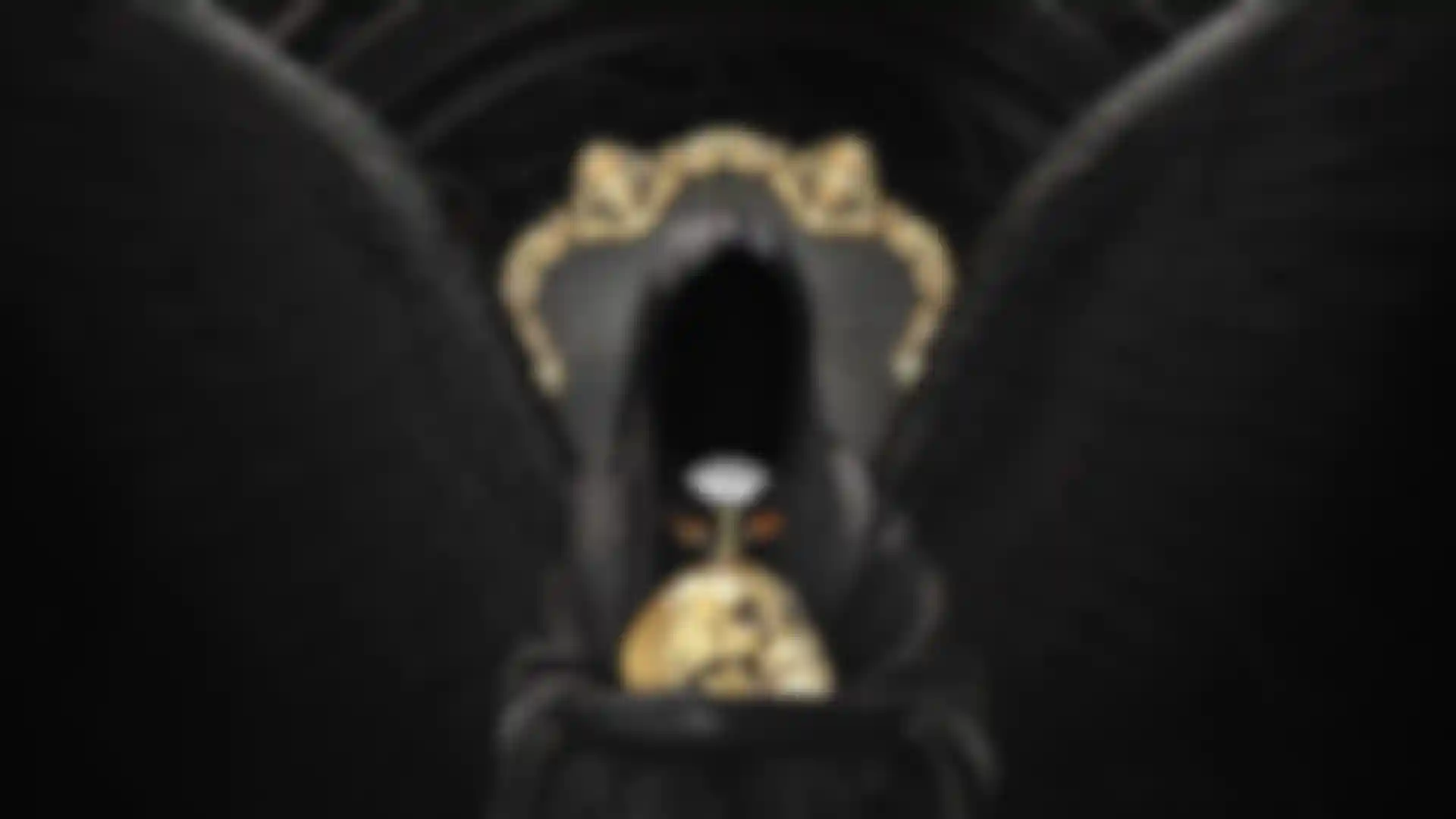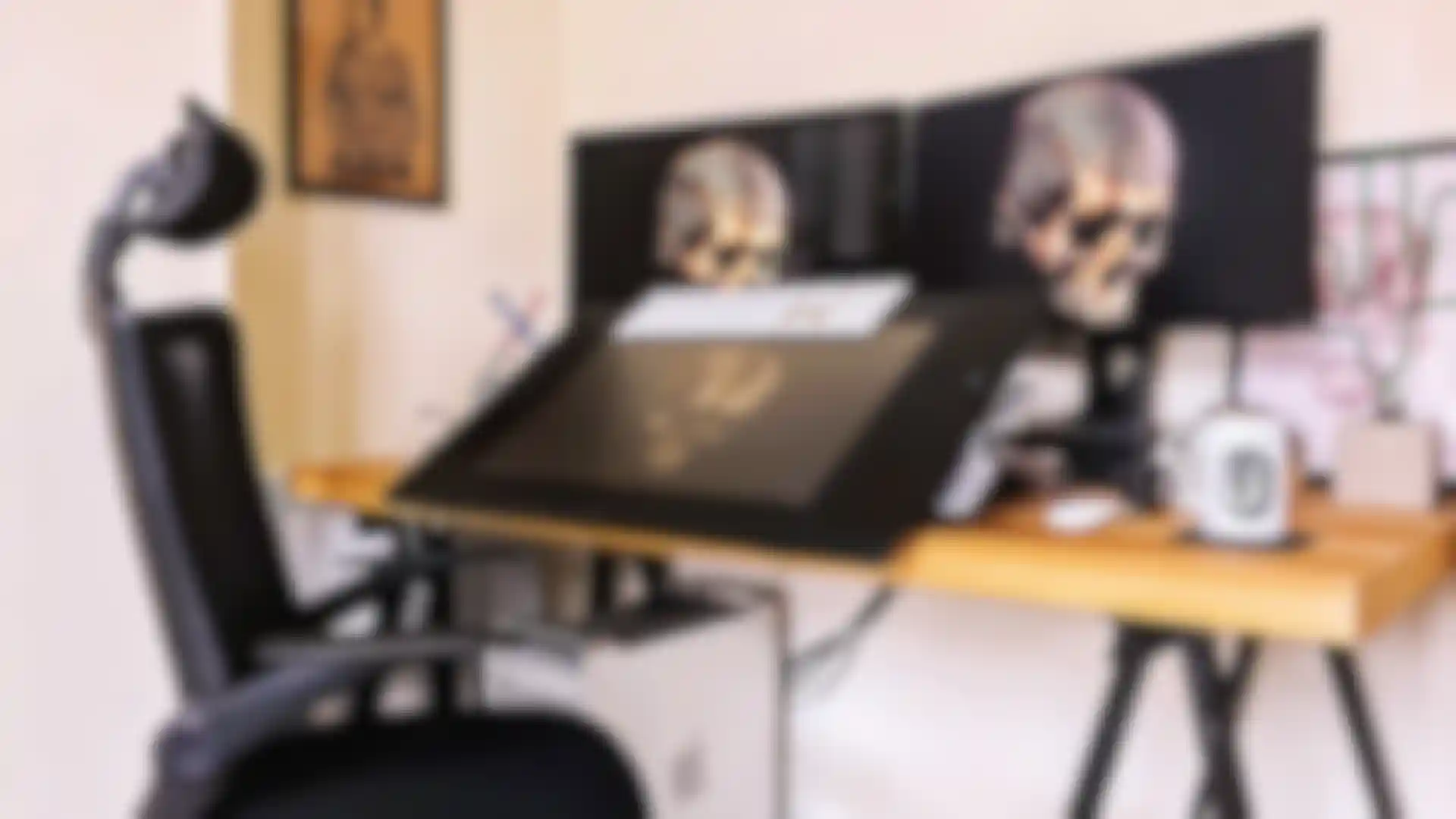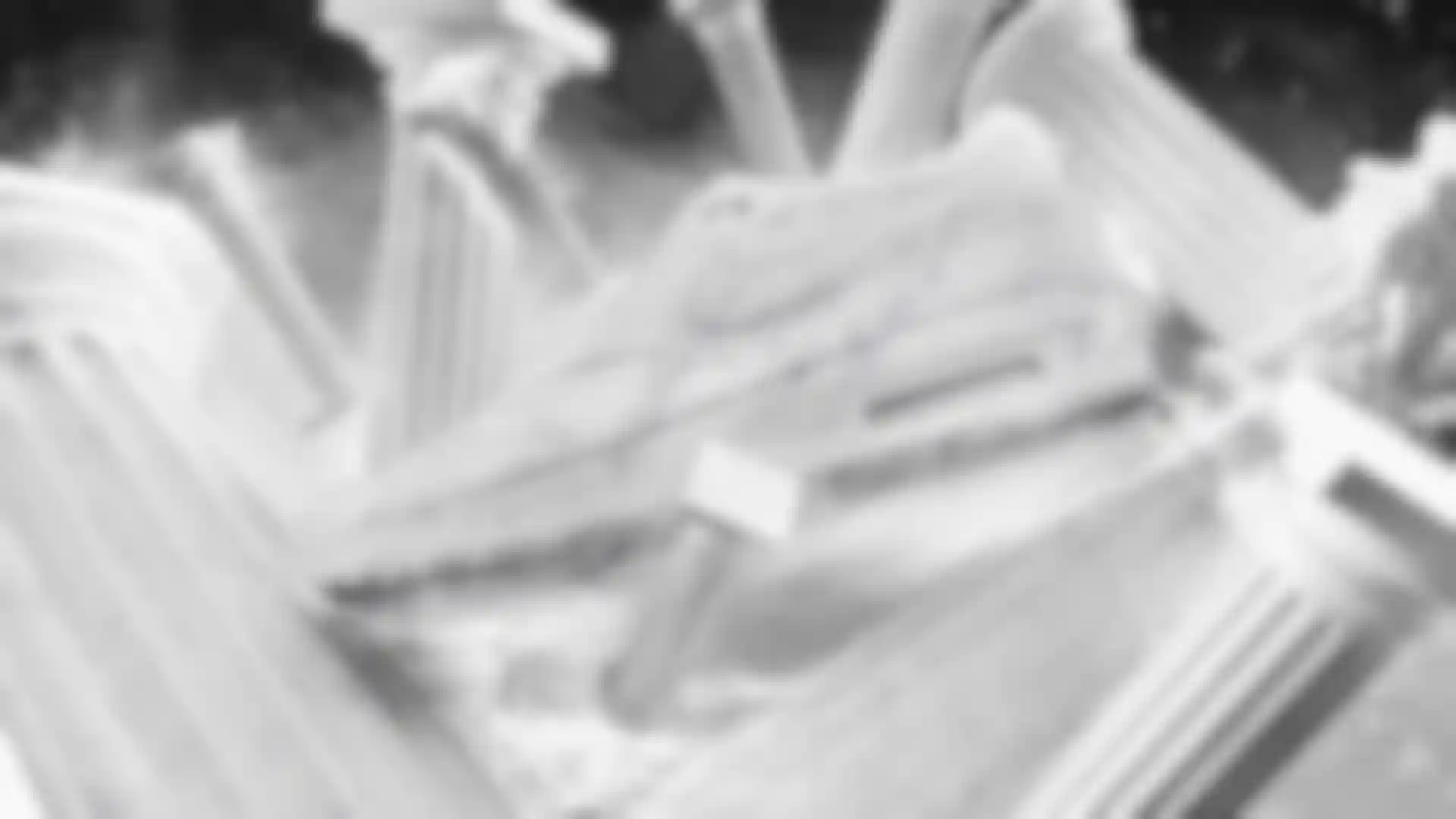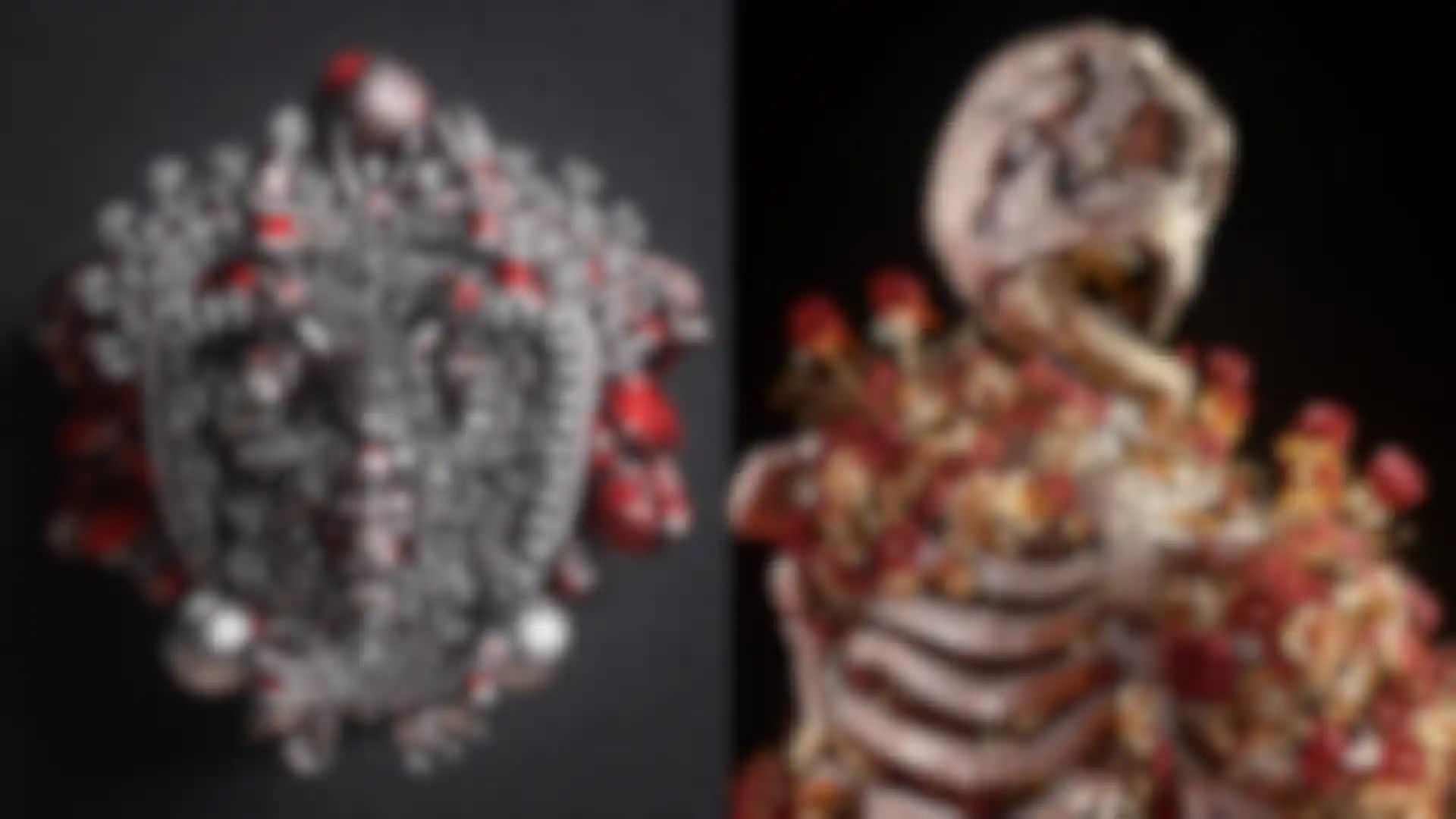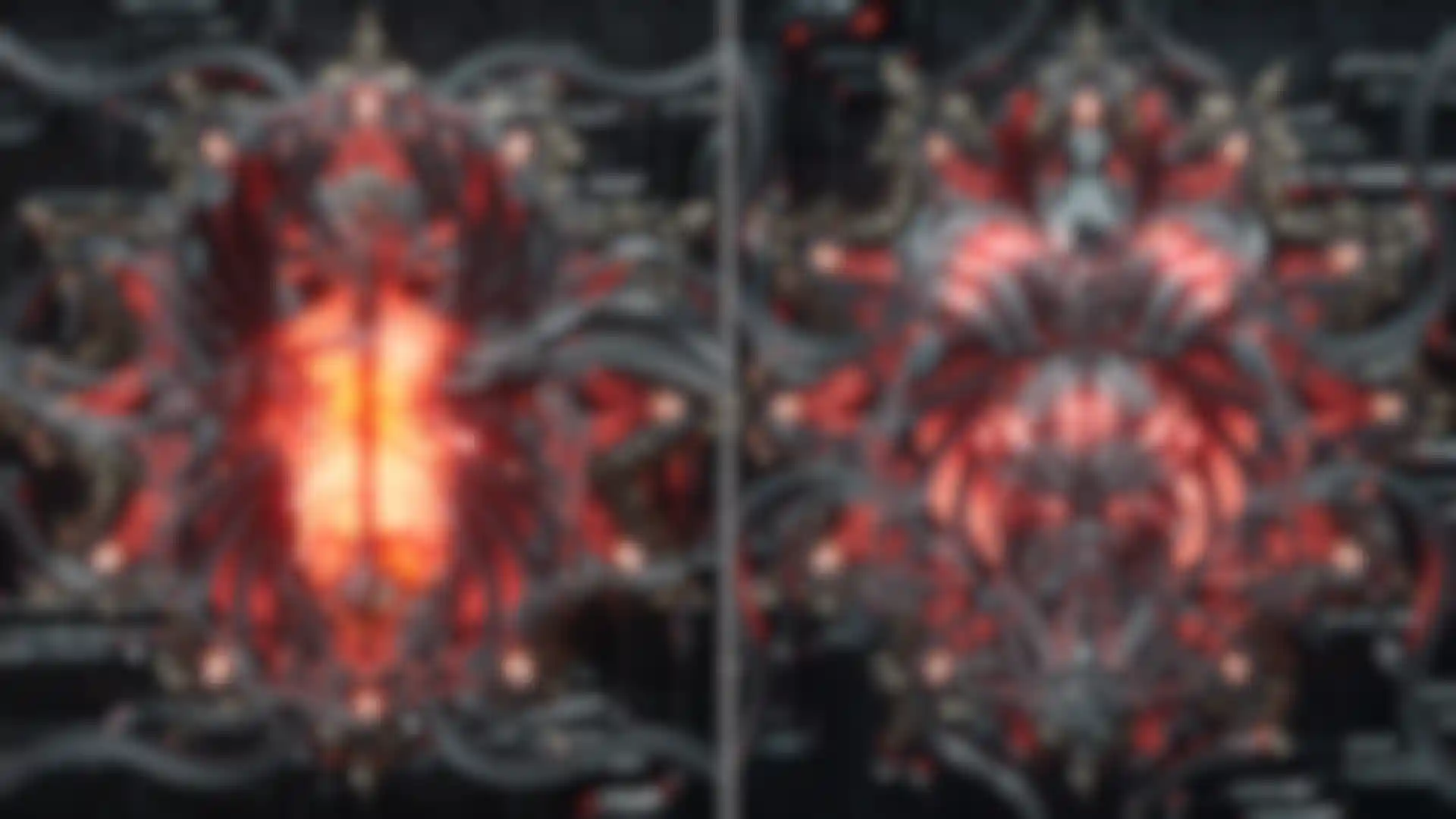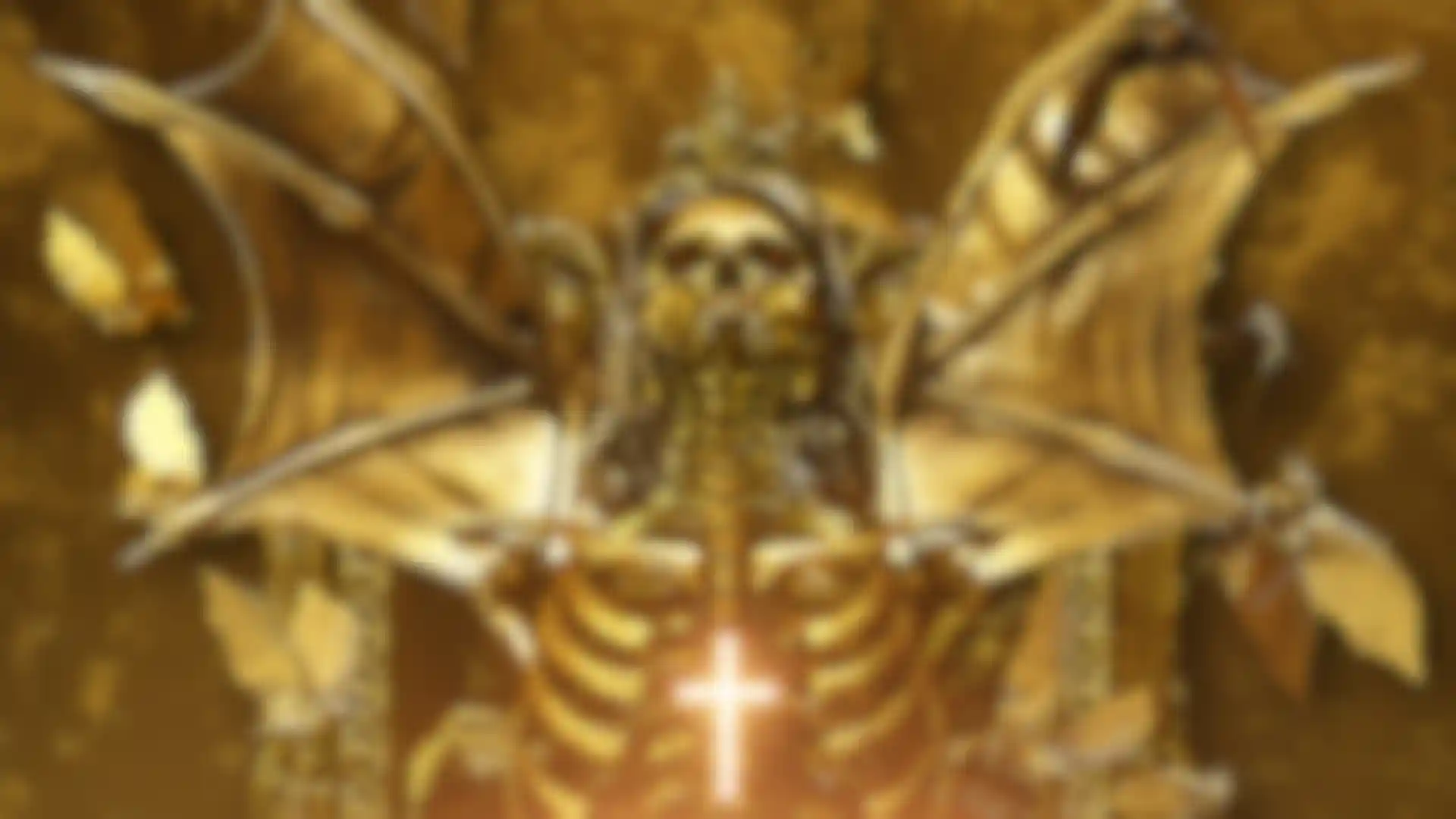
Dark Beauty Inspired by what others may find scary, Billelis has built a thriving career all his own.
People who see Billelis’ work for the first time sometimes struggle to describe it. A blogger once came close by calling it “gothic chic,” but that sounds trendy when, in truth, his work is much more soulful. “It’s true that I am inspired by dark subjects, so people get confused and think my work looks evil,” the U.K.-based 3D artist and illustrator explains. Really, I just want to create a beautiful look that’s a little bit softer than typical dark art that you see on the internet.”
Though he goes by the alias he’s had since he was a teenage tagger and graffiti artist growing up in Greece, Billelis was born, Billy Bogiatzoglou, and most people call him Billy. Just a few years ago, Billelis was in his fourth year as the lead 3D designer doing all the boards for a motion graphics agency. Days were long but, inspired by Beeple’s Everydays, he tended to be “a bit obsessive about doing personal” work whenever he could. All those hours paid off and, today, he is a sought-after freelancer who specializes in using Maxon’s Cinema 4D and Photoshop to create fantasy book covers for U.S. publishers, key visuals for TV shows and other types of projects. (Follow him on Instagram for daily updates on what he’s working on.)
Here, Billelis talks about his work, what inspires him and how he continues to build a business doing what he wants to do.

How did fantasy book covers become your specialty?
Billelis: It started about a year ago when I was asked to illustrate the cover for Everless, Sarah Holland’s teen novel. It was a New York Times bestseller, so it got a lot of attention and then a good friend of hers, who is also a top-selling author, had a book coming out so I did that cover too. That turned into a lot more commissions, and now I do covers for Harper Collins, Random House, Penguin, Macmillan and Scholastic. I really enjoy doing them.
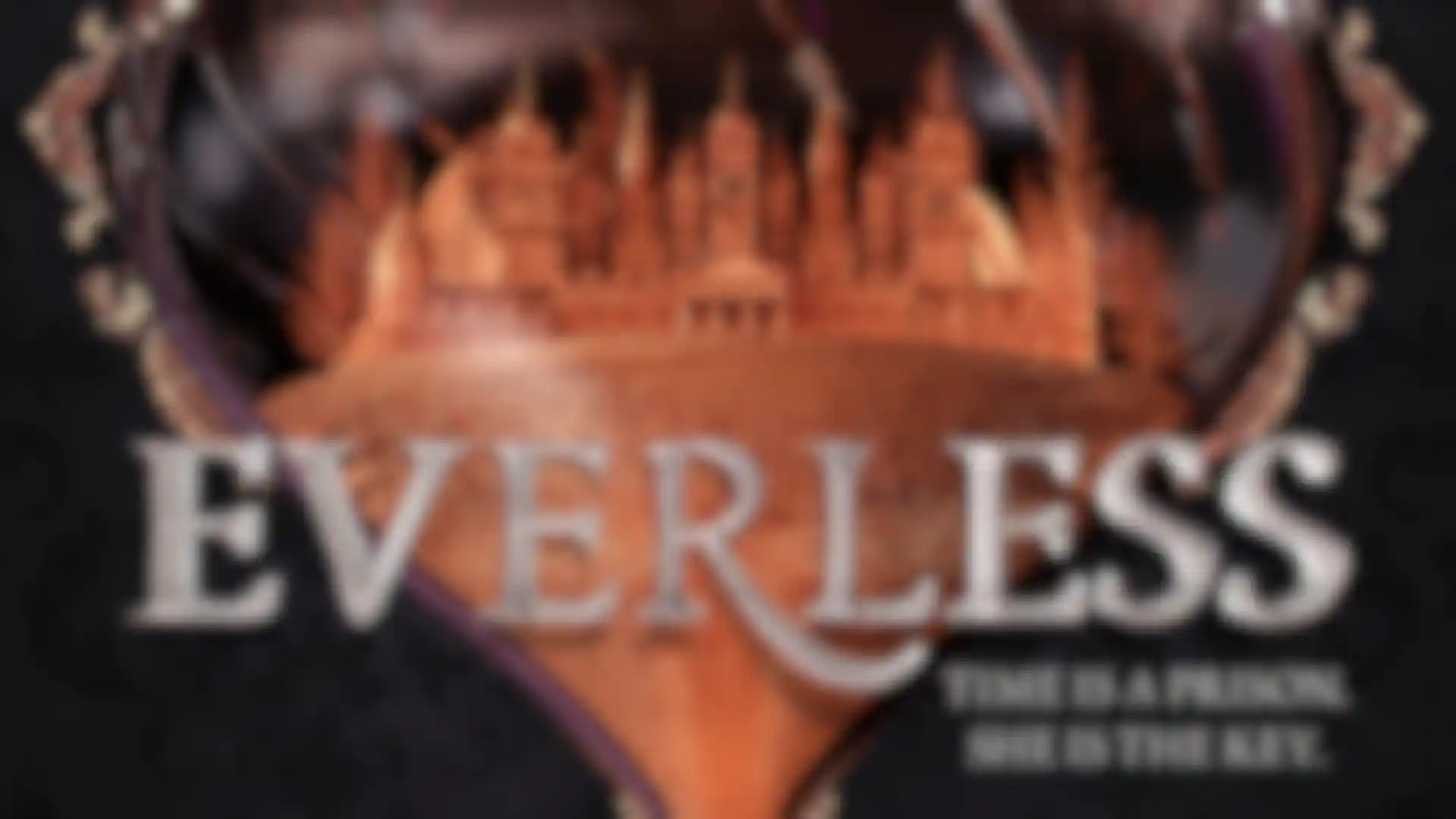
What do you like most, and what is the process like?
Billelis: You get a lot of creative freedom. They usually give me a short paragraph about the book and a couple of reference images, like a 2D photo or something. Then, I get to do what I think seems right and they pick from two or three concept mockups that I give them. There’s a lot of trust in the artist once they approve the concept, so I can just take it all the way to the end from there. I use Cinema 4D about 80 percent of the time and Photoshop and Illustrator the rest.
Did you study illustration in school or are you self-taught?
Billelis: I went to the University of Plymouth in England for coding and art, but I wasn’t very good at it. One day, we had a tutorial on 3D Studio Max and Blender, and I was also getting into Photoshop and Illustrator. Somebody mentioned Cinema 4D, so I started playing around with it and liked it. I was a bit jealous of friends who were doing interesting work and being featured online and in magazines, so I decided to focus on creating my own style, which was more graphic design at the time.
What do you seek out when you’re looking for inspiration?
Billelis: I really like medieval and renaissance art. I’m interested in crests of armor, shields and religious art with a classic look that I can infuse into a digital medium. I find a lot of inspiring things on Pinterest, like classic paintings, and I also look at anatomy books a lot. There are so many things, really. I follow local tattoo artists and loads of 2D illustrators, and I have a concept book from World of Warcraft as well as darker comics like Spawn and Batman.
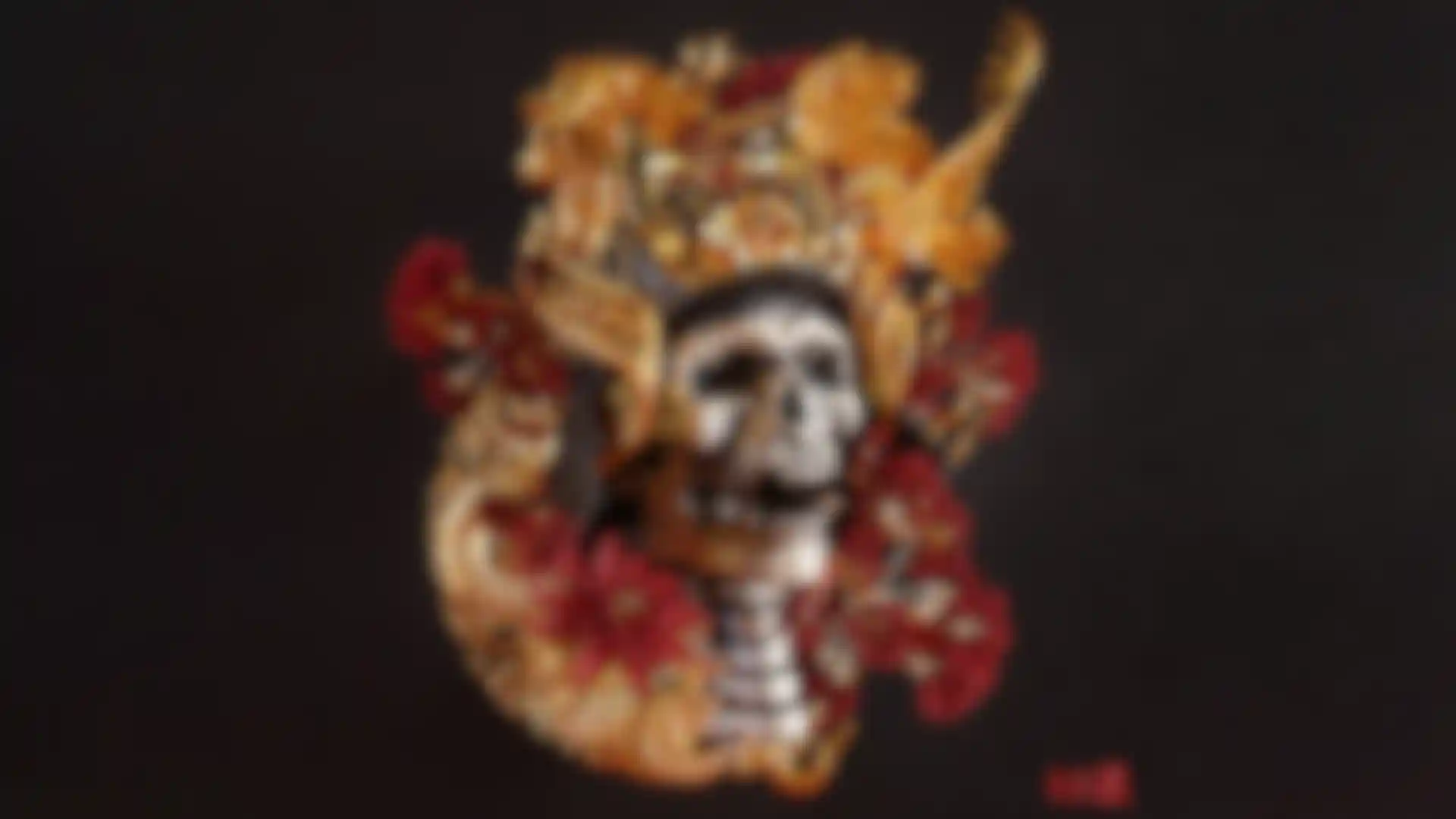
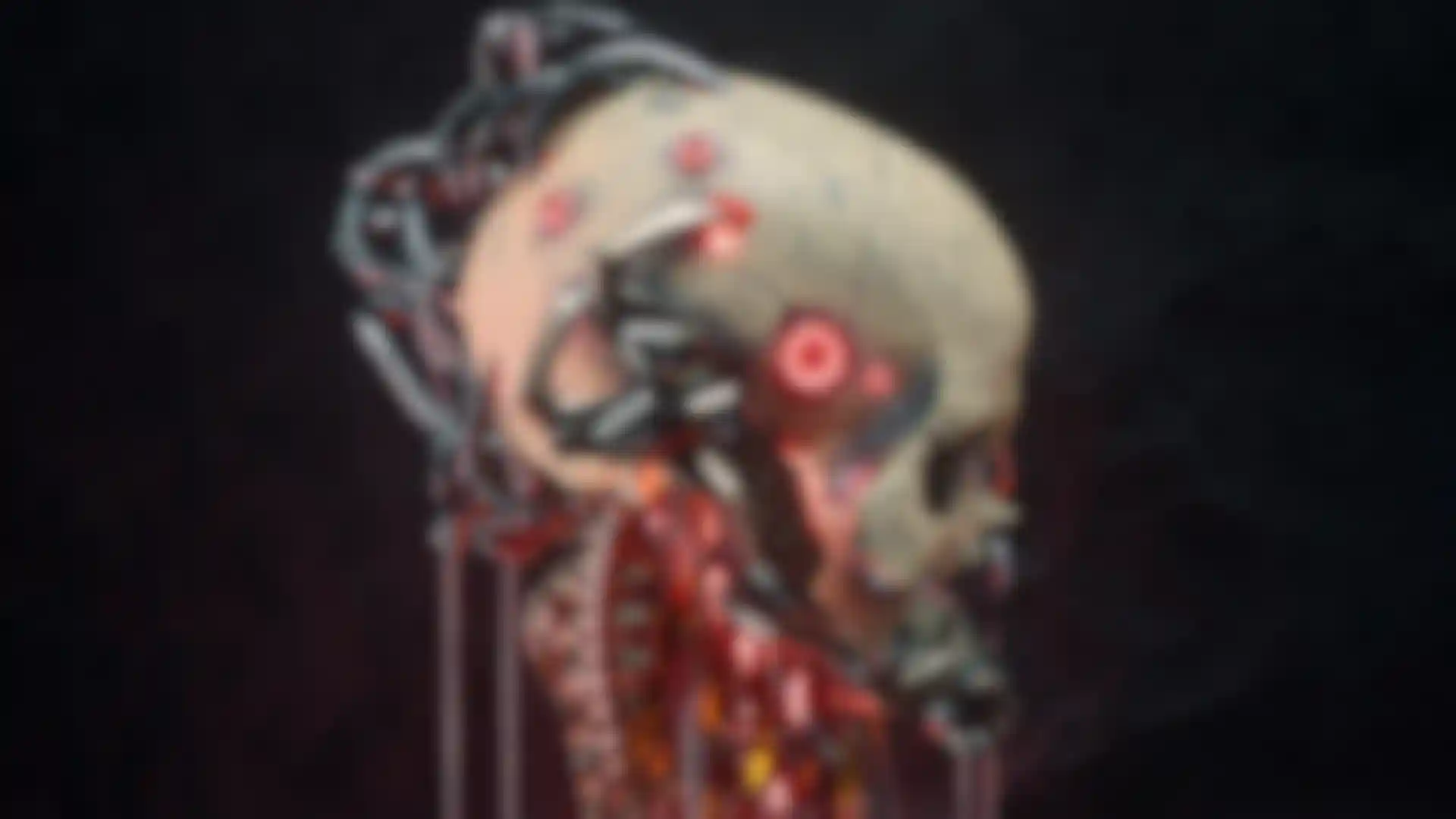
Describe a recent project that you really like?
Billelis: With my personal projects, I always like to create a series with an array of illustrations that tell another story. I really like my Blossom project. I wanted to create floral growths on a decaying form and I had fun playing with Octane Scatter. It was a series of personal illustrations inspired by nature, the circle of life and the idea of organic decoration for the deceased on their journey to the afterlife. Flowers, death and life all come together in these 3D artworks inspired by Edvard Munch’s quote, “From my rotting body, flowers shall grow and I am in them and that is eternity.”
How important has doing your own personal work been for your career?
Billelis: I’ve always thought personal work was very important, and I really think it’s the reason I have the career I have now. As a freelancer, I have so many commissions, I don’t have to look for work anymore because work comes to me.
Also, I have a rep and a producer now, and they are always trying to get me into new territories. I’m quite lucky because, let’s be honest—skulls are a personal thing. I did an album cover for Bliss n Eso in Australia and that turned out to be one of the biggest projects I’ve worked on because people saw the skull and wanted to know who did it. That really got things started for me, and I eventually ended up doing a magazine cover for a story about Ozzie Osbourne after the art director saw my work on Instagram and got in touch. I make sure to have personal work everywhere, Twitter, Art Station, Behance, Pinterest, Facebook, Instagram, Dribble. You never know who’s going to see it, so it’s important to have a presence everywhere.
What advice would you give artists who are just starting out?
Billelis: Everybody learns more about themselves and their art throughout their career, but try to have even a rough idea of what you like and want to do starting out. Even if you haven’t got a style or want to be more of a generalist, do as much personal work as you can. It will improve your skills, but also help you figure out what you want to do. Freelance illustrators need to have their own style, and people will get to know the kind of work you do. It takes time to develop a client base, but you can do that if you really work on it.
